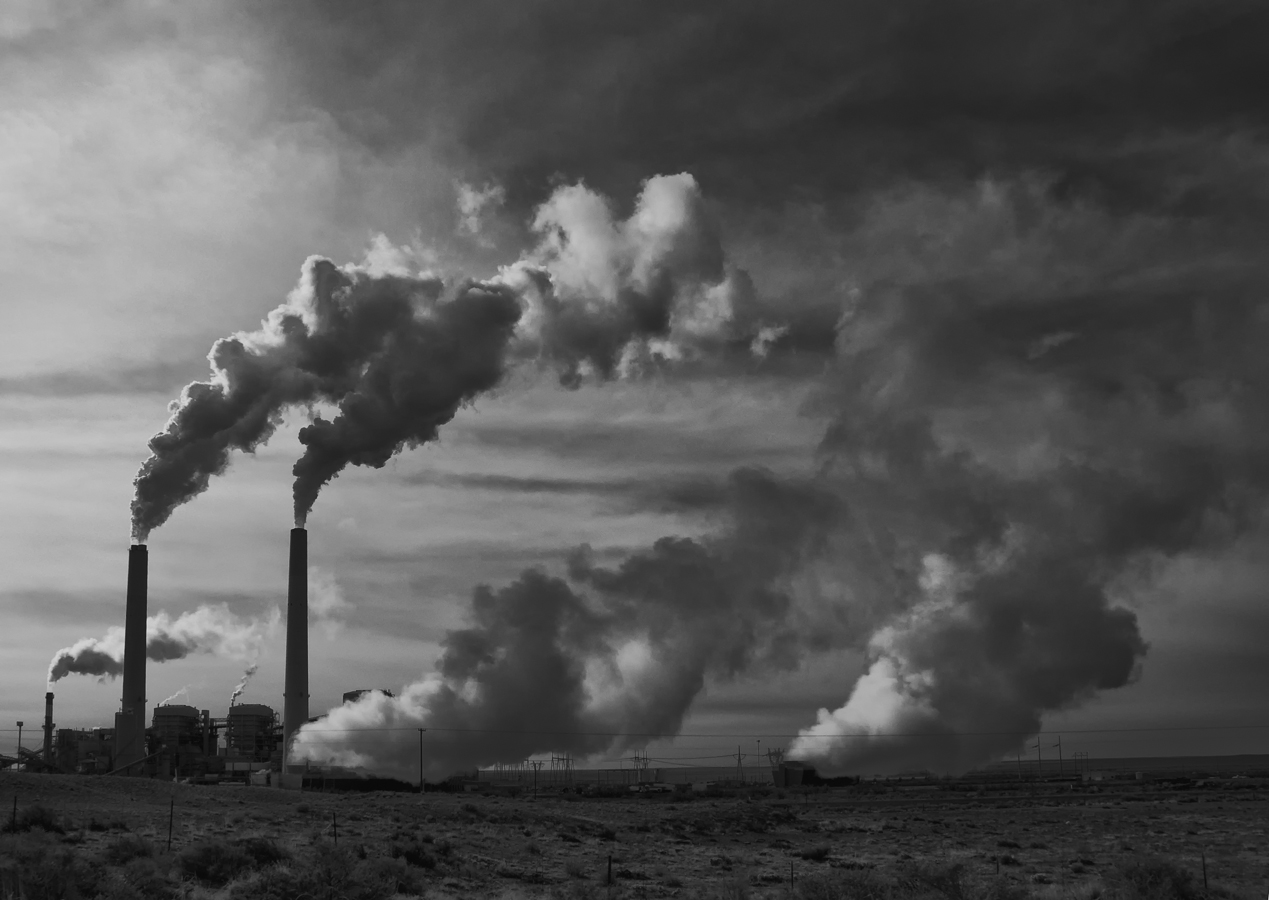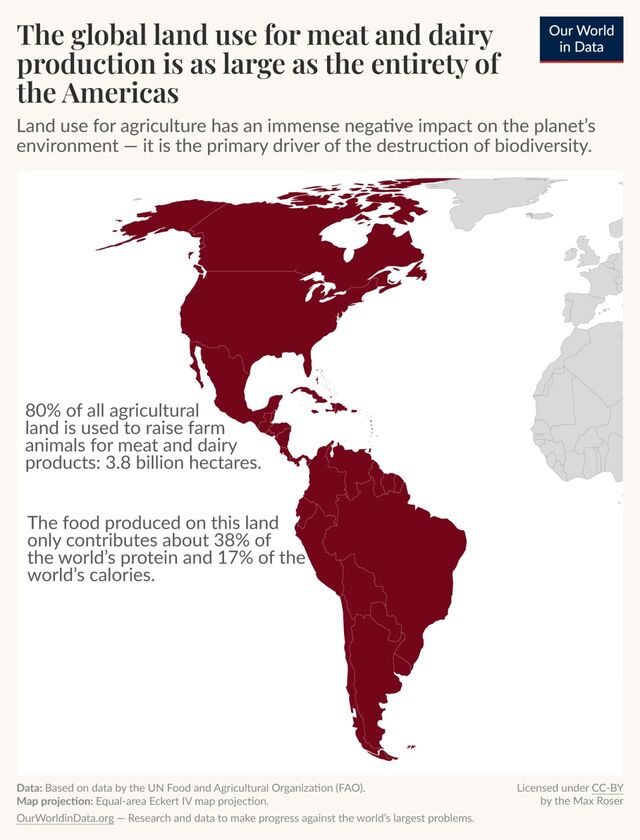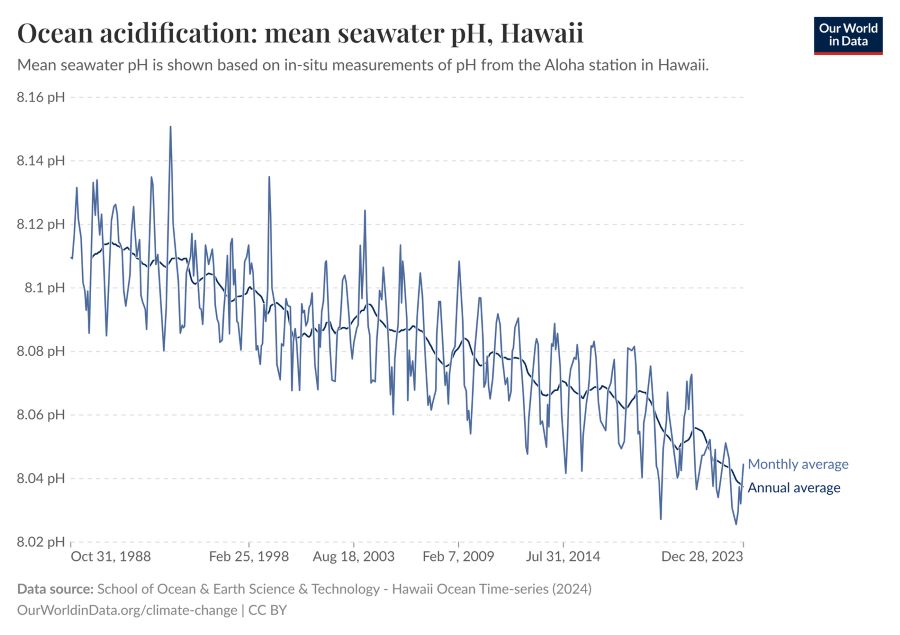Why Climate Change even matter ?
Before we dive into anything else, let’s confront the core question: why does climate change even matter? We’re already juggling enough – inflation, rent, bills. On top of that, we’re supposed to worry about a couple of degrees Celsius? Surely, we can handle a slight temperature shift, right? So, why the fuss?
The Earth is a delicate equilibrium. Everything we need, exists because of this balance. To illustrate, consider the impact of a 2-degree rise on Himalayan glaciers. These glaciers are the lifeblood of the rivers in the Gangetic Plains, one of the most densely populated regions in India. A mere 2-degree increase could lead to 50-60% of these glaciers melting by 2100. While 2100 might seem distant, the consequences are immediate.
Here’s how it unfolds:
- Increased flooding: As glaciers melt rapidly, rivers overflow.
- Rising sea levels: Coastal cities and small islands face inundation.
- Albedo effect: Melting ice exposes darker rock, which absorbs more heat, accelerating further melting.
- Subsequent droughts: Once the glaciers are depleted, rivers dry up.
Climate change has been a topic of scientific discussion since the late 19th and early 20th centuries. According to NASA, “In 1896, a seminal paper by Swedish scientist Svante Arrhenius first predicted that changes in atmospheric carbon dioxide levels could substantially alter the surface temperature through the greenhouse effect. In 1938, Guy Callendar connected carbon dioxide increases in Earth’s atmosphere to global warming.” However, the issue didn’t gain widespread attention until later as we were too busy fighting wars for the first half of the 20th century. Climate change became mainstream in the 1980s with concerns about CFCs and ozone layer depletion.
Definition
Before we proceed, let’s define climate change.
Climate change refers to long-term shifts in temperatures and weather patterns. These shifts can be natural, caused by solar activity or volcanic eruptions. However, since 1750, human activity has been the primary driver.
Greenhouse gases are atmospheric gases that trap heat, leading to global warming. This process is known as the greenhouse effect. Examples include carbon dioxide, methane, nitrous oxide, sulphur hexafluoride, and water vapour.
Climate change is driven by increased greenhouse gas emissions. Here are five major contributors:
Causes of Climate Change
Climate change is driven by increased greenhouse gas emissions. Here are five major contributors:
- Generating Electricity:
Generating power, particularly through the burning of fossil fuels like coal, oil, and gas is a major contributor to climate change, accounting for a significant portion of global greenhouse gas emissions, with estimates suggesting that over 20% of energy-related carbon dioxide emissions come from electricity generation alone; essentially, the more electricity produced using fossil fuels, the greater the impact on climate change. Many countries are shifting their reliance to eco-friendly means like nuclear power plant, hydroelectric power plant, wind power plant, and solar power plants.

- Manufacturing:
Machines used in manufacturing often run on fossil fuels. Sometimes product manufactured is made from chemical sourced from fossil fuel. Industries like mining and construction releases gases as well. Manufacturing also uses electricity, which is sourced by burning fossil fuel.
- Deforestation:
Nature does the beautiful thing of converting carbon dioxide into trees. Thus, jungles are great carbon dumps. By cutting down jungles, we are not only destroying carbon dumps but also releasing trapped carbon into the atmosphere. The 3 biggest causes of deforestation are urbanization, resource collection, and farming for creating food for livestock.

- Producing Food:
Producing food, not vegetables or fruits and nuts, but food for livestock. The University of Oxford published data saying around 80% of total agricultural land is used for producing animal feed. Land so big that it can cover the entirety of 2 continents of the Americas. This land could have been jungle, but now not only is it not a carbon dump, but it’s a carbon contributor. Thus, non-vegetarian diets have a direct impact.
- Transportation:
Last and obvious, the majority of our transportation is powered by fossil fuel. Cars, bikes, buses, and even trains and planes runs on this fuel. But transport is not only used by us for going from one place to another; it is also used for transporting goods. Big cruise ships transport millions of goods from one country to another. Trains and trucks transport goods on land. Tons of fuel is burned in transport. Also, EVs running on electricity are only good as long as they are running on electricity generated by eco-friendly means.
Effects of Climate Change
- Hotter Temperatures:
Nearly all countries are seeing more hot days and heat waves. Higher temperatures increase heat-related illnesses and make working outdoors more difficult. But this doesn’t just correspond to only us experiencing hotter weather in our daily life. Forest fires start more easily because of hot weather. Recent LA forest fires started because more trees, plants, and grass dried up due to hot weather, which allowed fire to start and spread.
Tuvalu an island country will disappear completely by 2050
National Geographic
- Rising Ocean Levels:
As the ocean warms, its volume increases since water expands as it gets warmer. This increases ocean level since the ocean absorbs most of the heat formed, due to the global warming effect is more dramatic. Global warming also melts glaciers at a higher rate, which increases the quantity of water in the sea. This means that small island countries like Tuvalu and Kiribati will completely disappear within the next century.
- Increased Droughts:
The last glacier of Venezuela melted in 2024. Glaciers are mothers of rivers. Glacier completely melting leads to rivers drying out, which means drought in the area where the river was a lifeline. Global warming also disturbs the pressure equilibrium between sea and land, which is responsible for seasonal rainfall. Disturbing this balance means drought or flood, neither are good.

- Hunger and Poverty:
Lack of water means less yielding of crops. A decrease in the production of food increases its price. Climate change also increases the acidity of water which is disastrous for crops. Increased acidity of water makes Livestock becomes less productive, as well as the marine population also decreases, which means less seafood. All this increases food prices, which affects the prices of other products. Because of the decline in the economy, fewer jobs exist; also, outside jobs become harder to do due to extreme heat.

- Other Effects:
There are countless negative effects we practically cannot cover them all. Such as when glaciers melt, they release microorganisms which were trapped in them for millions of years back to the environment. This microorganism is from the pre-human era; that means we have absolutely no immunity against it. And I don’t need to tell you what it means, as we all have experienced COVID just half a decade ago.
Action against Climate Change
- International Agreements:
On 12 December 2015 196 parties of UN Framework Convention on Climate Change signed Paris Agreement. The Paris Agreement is a legally binding international treaty on climate change. In this agreement every country was given a climate goal with a collective aim of limiting global warming to 1.5°C, greenhouse gas emissions must peak before 2025 at the latest and decline 43% by 2030. And countries decided to meet after ten years, which is this year. Although experts says that we are nowhere near any goal set in Paris Agreement. But at least this upcoming conference will bring attention of the world to climate change once more.
- Corporate Responsibility:
Many corporations are adopting ESG (Environmental, Social, and Governance) standards. Despite widespread skepticism about its authenticity, companies are at least compelled to demonstrate a basic level of climate awareness. Due to such rules and standards we see things like “made by recycled material” more often this days.
- NGOs and Advocacy:
People who felt strongly about issue created NGOs or are working in it, today many NGOs exist which work for this cause and are trying hard to bring up the change. NGOs provide platform for collaboration to work, pressurize authorities to take climate friendly actions and spread awareness on this issue among masses.
57 Companies are responsible for 80% CO2 emissions
THE GUARDIAN
- What can you do ?
- Consumer decisions: Often, the most significant contributions come from simply not doing something. As consumers of numerous products and services, every purchase we make supports a particular idea or practice. To champion climate-sensitive values, we must choose businesses that align with those principles. Our conscious decisions as consumers directly determine which brands we empower.For example, we can opt for fast fashion brands like Shein and Zara, which have considerable negative environmental impacts, or support climate-conscious alternatives like Harvest & Mill and Vyakti. Investing a bit of time to research the values of the businesses we support can make a substantial difference in the fight against climate change.
- Additional Actions: Try consuming less, for instance wear your clothes for slightly longer time, use bike instead of car if you can, and recycle any material you can. Donate money or your time to NGOs, education people around you on this issue. There are countless different types of things that we can do. It’s a matter of our intent, not our capability.

Conclusion
To conclude, it wouldn’t be a stretch to say climate change is the biggest issue of our time. Climate change appears to be the root cause of a range of other issues, including pollution, natural calamities and political instability.
So it goes without saying that we should know and spread the word about climate change, but that’s not enough. We need to develop climate sensitivity so that we take climate-sensitive decisions in our day-to-day life. It could be a small decision of choosing to eat vegan food or having coffee without dairy milk to a big decision like which car to buy or who to vote for.
Lastly, I would just like to say listen to the right people. Avoid listening to celebrities, politicians, influencers, and billionaires. Just because they are successful in their respective fields doesn’t mean they know about this issue or any issue for that matter. They shouldn’t be dictators of our lives; they use their influential power to benefit themselves, not us. Find the truth for yourself, which we will get from scientists, researchers, and scholars. Ultimately, the future of our planet rests on the informed choices we make today. Let us each commit to being the change we wish to see for our planet. The power to shape our climate future lies within our collective actions. We have the ability, and therefore the responsibility, to act.
Reference
NASA – Evidence of cliamate change from NASA https://science.nasa.gov/climate-change/evidence/#:~:text=In%201896%2C%20a%20seminal%20paper,Earth’s%20atmosphere%20to%20global%20warming.
NASA Earth Observatory – Satelite images of last glacier of Venezuela https://earthobservatory.nasa.gov/images/152893/humboldt-glaciers-demise
United Nation – Cliamate Change Information https://www.un.org/en/climatechange
World Economic Forum – Detailed history of scientific relisation on the effects of Cliamate Change https://www.weforum.org/stories/2022/02/climate-change-global-warming-carbon-dioxide-fossil-fuels/#:~:text=A%20page%20from%20Guy%20Callendar’s,Image%3A%20GS%20Callendar
PETA – List of PETA aprooved cruelty free vegan brands https://petaapprovedvegan.peta.org/search-peta-approved-vegan/
Our World in Data – Visual data on Environmental Impacts of Food Production https://ourworldindata.org/environmental-impacts-of-food?insight=food-production-has-a-large-environmental-impact-in-several-ways#key-insights
The Guardian – 57 companies are responsible for 80% CO2 emissions https://www.theguardian.com/environment/2024/apr/04/just-57-companies-linked-to-80-of-greenhouse-gas-emissions-since-2016
Smithsonian Magazine – 80 Percent of Global CO2 Emissions Come From Just 57 Companies https://www.smithsonianmag.com/smart-news/since-2016-80-percent-of-global-co2-emissions-come-from-just-57-companies-report-shows-180984118/
National Geographic – Tuvalu, a Pacific island nation on the frontline of the climate crisis https://www.nationalgeographic.com/environment/article/tuvalu-islands-sea-level-rise-climate-change
Eye opening stuff